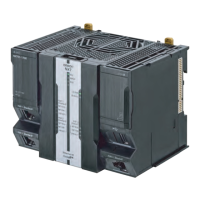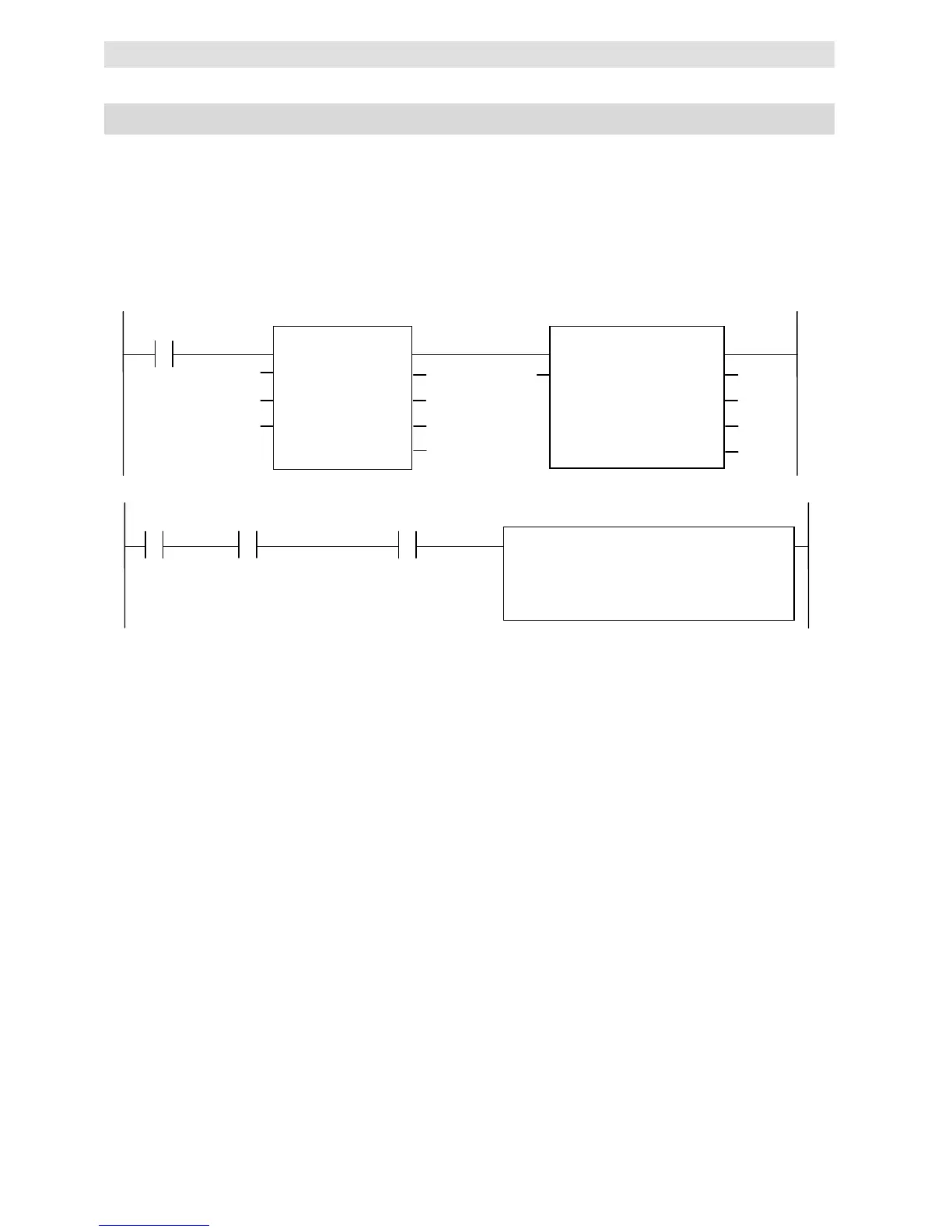B-2-3 How to Measure DB Response Time
The DB response time refers to the time since an SQL statement is sent from the CPU Unit until the
SQL execution result is returned from the DB. You can find the DB response time by executing a
DB_GetConnectionStatus instruction after executing an instruction that sends an SQL statement.
An example user program is given below.
Measurement example of DB response time for a DB_Insert instruction
Find the DB response time for a DB_Insert instruction.
DB1ResTime[index] := MyStatus.DBResTime;
Index := index + 1;
IF index = 1000 THEN
Index := 0;
END_IF;
DB_Insert_instance.Done
You can also check the DB response time with the Execution Log or Debug Log.

